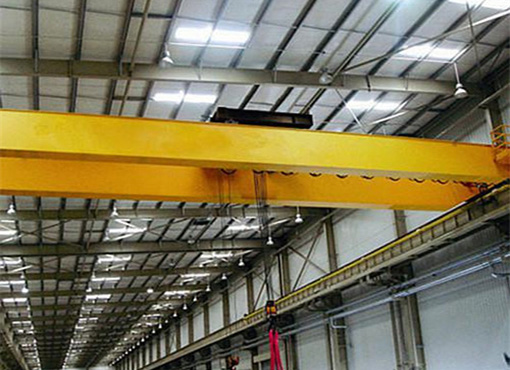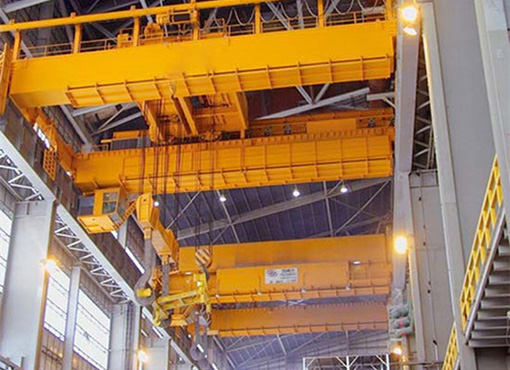Overhead bridge cranes and gantry cranes are available in both single-girder and double-girder designs. If you are new to the world of cranes, you may have some questions about what exactly that means. What is the difference between a single-girder crane and a double-girder crane? What are the pros and cons of each option? Keep reading to get some much-needed answers to your questions.

Overhead cranes are made up of three basic components: the girder, the trolley, and the hoist. With bridge cranes, the girder is a large metal beam that is connected to tracks on opposing walls of a building. The beam usually spans the entire width of the building. On a gantry crane, the beam or girder reaches from one leg to the other. The trolley moves back and forth along the length of the beam, carrying the hoist along with it.

With a single-girder crane, there is only one beam. The trolley is mounted directly on the beam and hangs down below it.
With a double-girder crane, on the other hand, there are two beams or girders that run parallel to each other. The trolley is mounted between the girders.
Double-girder cranes are typically used for applications that involve extremely heavy loads or wide spans. Because of the way these cranes are designed, they usually can safely lift much heavier loads than single-girder cranes.
This is particularly true when the crane has to span a long distance. In fact, the length of the span is directly proportional to the amount of weight that a single-girder crane can handle. For instance, a single-girder crane that spans a distance of 65 feet may be capable of carrying as much as 15 tons(15 ton grua). A similar crane that spans a distance of 75 feet, on the other hand, may only be able to carry 10 tons. Double-girder cranes usually have much higher weight limits and are a better choice for situations where the crane needs to span a wide area.
Another advantage of double-girder cranes is that the trolley can be top-mounted. That means that it is mounted above or even with the beams rather than hanging down below them. This helps to maximize the amount of headroom in the space, making it a good solution for buildings with low ceilings.
Of course, double-girder cranes also have some drawbacks. They are a lot more expensive than single-girder models. This is largely due to the fact that their overall design is more complex.
In terms of installation costs, single-girder cranes are easier and less expensive to install than their double-girder counterparts( homólogos de birriel ). Coupled with their lower price, this makes them a budget-friendly option for businesses that don’t want to spend a lot of money on a crane.
The primary difference between a single-girder crane and a double-girder crane has to do with the number of beams or girders included in the crane design. Single-girder cranes only have one beam while double-girder cranes have two beams that run parallel to each other. The overall design of the crane can affect how much weight it is capable of carrying.
ALl type of overhead crane: aicrane.cl/tipos-de-puente-grua/
